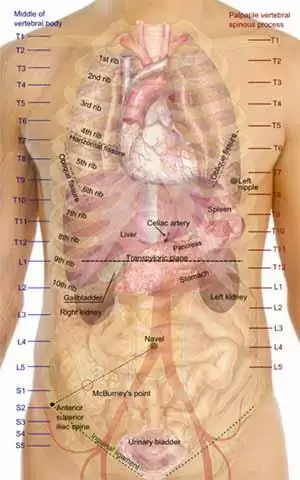Gastroenterology 2002;122:881-888.
Celiac.com Sponsor (A12):
Celiac.com 05/02/2002 - In the April issue of Gastroenterology Dr. Pekka Collin of the University of Tampere, Finland, and colleagues describe four patients with severe liver disease who were also found to have celiac disease. One of the patients had congenital liver fibrosis, one had massive hepatic steatosis, and two had progressive hepatitis without apparent origin. Three of the four were considered for liver transplantation. In each case a gluten-free diet reversed heptic dysfunction.
The reasearchers then studied the prevalence of celiac disease in 185 adults who had already undergone liver transplantation. Eight of them (4.3%) tested positive for celiac disease, and it had already been detected in six of the eight prior to transplantation. Only one the the diagnosed patients followed a strict gluten-free diet. Of these eight patients, three had primary biliary cirrhosis, one had autoimmune hepatitis, one had primary sclerosing cholangitis, and one had congenital liver fibrosis. Additionally, one of the patients had autoimmune hepatitis and one had secondary sclerosing cholangitis.
The researchers also noted that not all of patients with both liver and celiac disease showed symptoms of celiac disease, which suggests that the liver disease may not be caused by malabsorption. Dr. Collin suggests that it could be a "gluten-dependent immunologically induced extraintestinal manifestation of celiac disease."
The researchers conclude that some cases of serious liver disease may result from unrecognized celiac disease, and patients with severe liver disease should also be evaluated for celiac disease. Further, dietary treatment in patients with both celiac and liver diseases may prevent progression to hepatic failure, even in cases in which liver transplantation is considered.







Recommended Comments